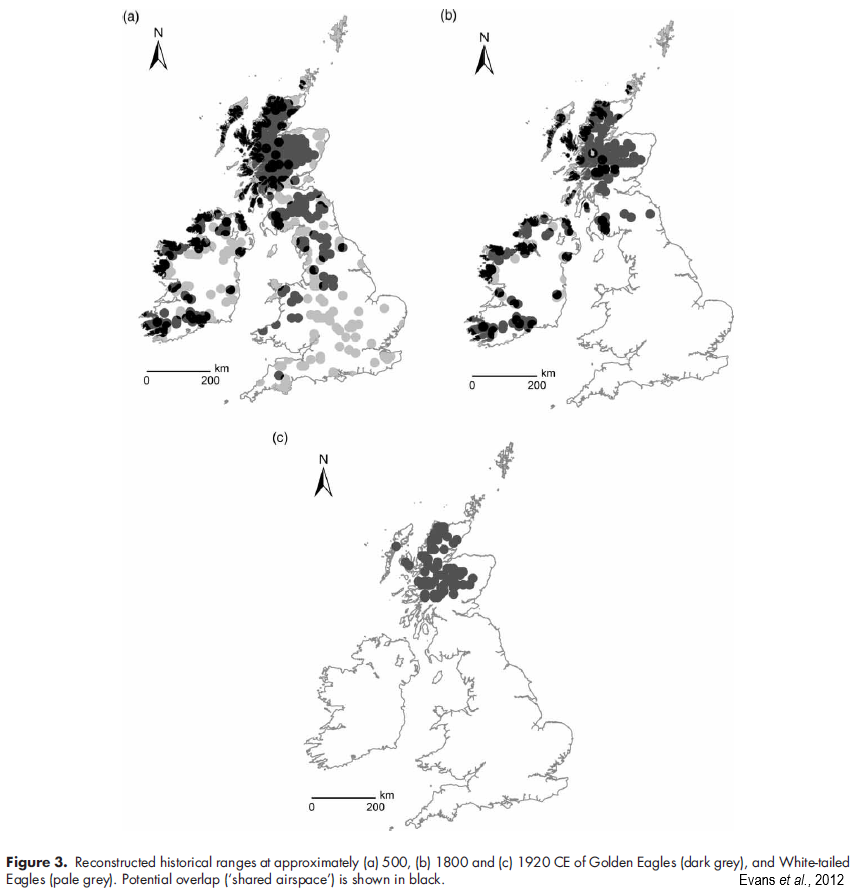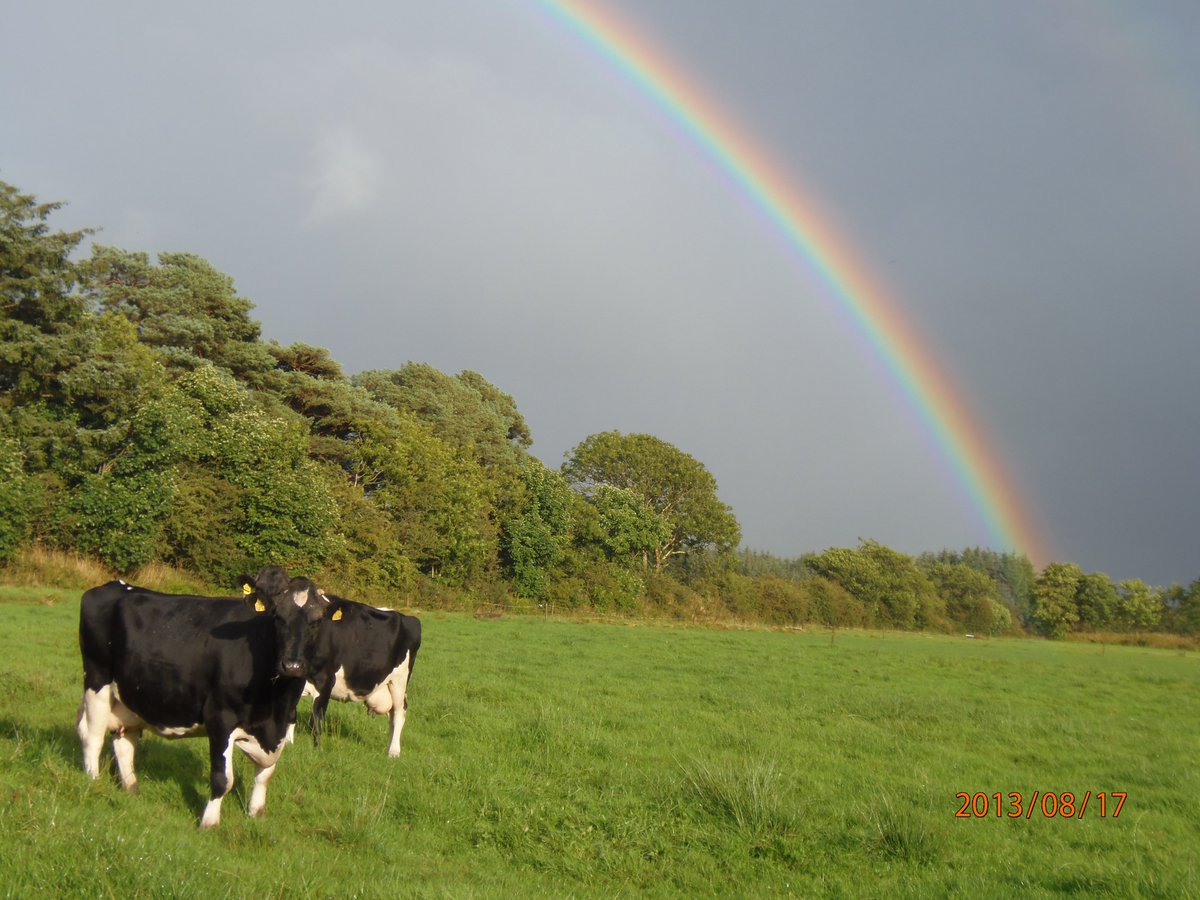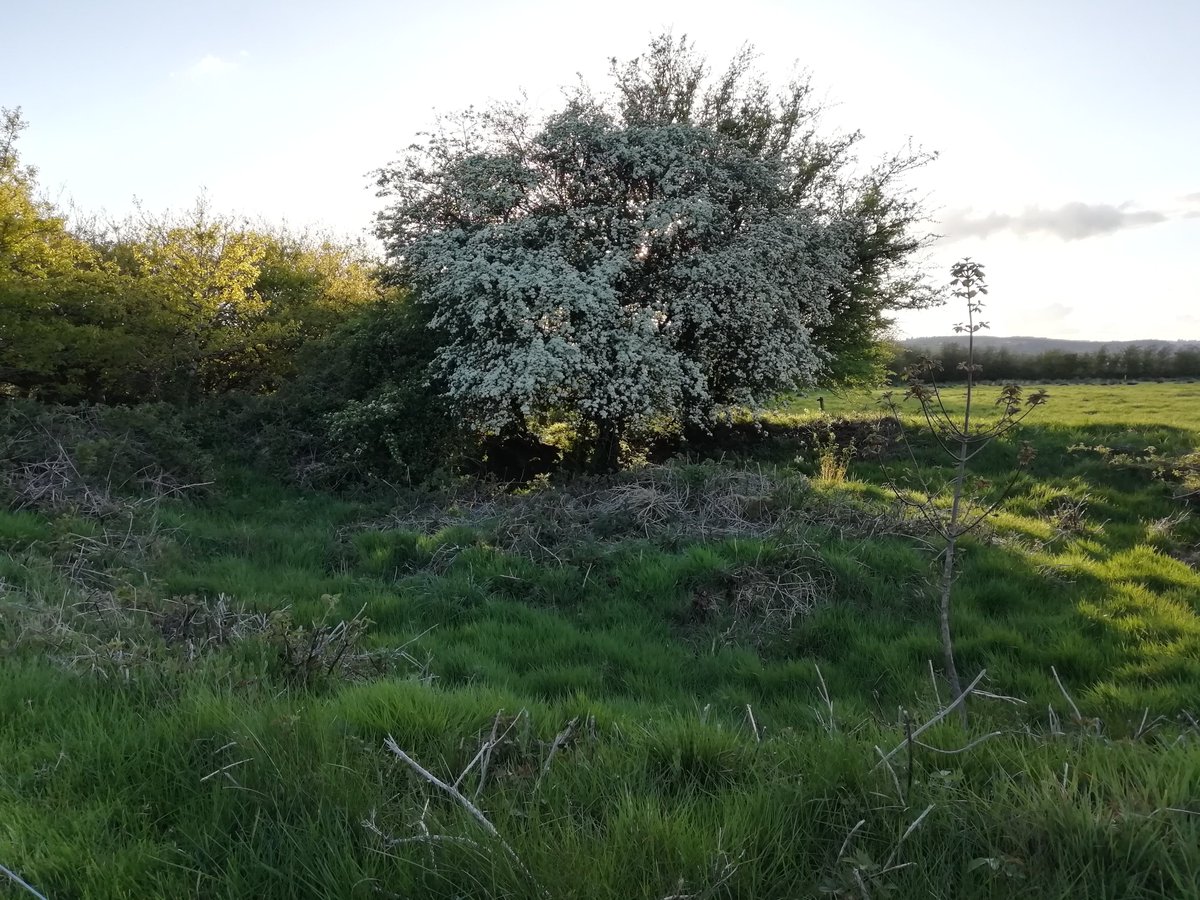
Hello everyone, @GrimesRoisin & @SimonGray14 here. We're excited to take over the account this week to chat all things peatland restoration and management! Thanks to @AuliffeOurNatur for last week & all the fascinating curators so far...we’ve a lot to live up to! 1/18 

We’ll kick off with a bit of an intro. We work for @UlsterWildlife & for the past 4 years have been involved in the brilliant EU Interreg @theCANNproject, doing restoration work & writing management plans for 12 sites (8 raised bogs, 2 fens & 2 upland blanket bogs). 2/18 

@theCANNproject is now sadly wrapping up in Dec. The 30+ staff from 11 partner orgs worked on 27 Special Areas of Conservation (SACs) & Special Protected Areas (SPAs) across NI, ROI & Scotland, to improve the condition of peatland & wetland habitats & associated species 3/18 



There’s been a phenomenal amount of work & stakeholder engagement achieved through CANN - check out thecannproject.org. CANN's target was to produce 27 site management plans, improve 3,650 ha of peatland/wetland habitat & improve cross-border cooperation in the sector 4/18 

We estimate the restoration work on our 12 sites alone improved the condition of >1,375ha of peatland! This ranged from drain blocking, erosion control, invasive species removal, wildfire management plans & upland pathwork. We trialed some innovative methods & materials too. 5/18 






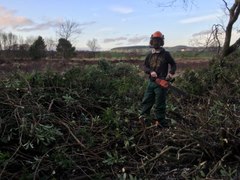
This week we'll share some of the insights & (many!) lessons learned from this work, from the impact on priority species, to getting diggers out of bogs! But 1st a bit about ourselves, why we think peatlands are important & why we love working on them (despite the weather!) 6/18 



Simon here - I'm fascinated by ecological restoration, how we bring habitats & species back. I studied zoology in Glasgow & in the past I've tried my hand at most things, from clearing scrub and surveying birds, to environmental education. 7/18 

I've always had an interest in uplands, wetlands & wild places. Luckily I landed a job working on Cuilcagh Mt with @cuilcaghlakes, which led me to @theCANNproject & @UlsterWildlife, where I've been able to feed my addiction for wild open spaces by restoring peatland habitats 8/18
Roisin here, I studied BSc Biological Sciences & MSc Sustainable Rural Development. I worked in renewable energy for a few years, before going back to an MSc in Ecological Management, with a thesis on peatland restoration, all @QUBelfast. This was my 1st job in conservation! 9/18 

I grew up on a farm in Tyrone & (maybe controversially) have fond memories going to the bog as a child...I'd mostly be off catching frogs rather than turning much turf! It gave me my 1st appreciation of wildlife and the outdoors. I debated mentioning this, but... 10/18
..want to acknowledge its influence on my career & suspect the experience resonates with many who grew up in rural Ireland. But times are changing. I use this perspective working with stakeholders today & couldn't ask for a better job restoring these incredible habitats! 11/18
We're very fortunate to work on these often under-rated habitats. We know a true peatlands expert is coming up on the account, so we'll stick to the restoration work this week & just highlight a few of the many reasons we think peatlands are important & worth restoring 12/18
Peatlands are often referred to as our equivalent to rainforests, because they cover ca. 3% of the earth's surface but store x2 as much carbon as all the world's forests combined! They are also home to many of our rare & endangered species, e.g. hen harrier & golden plover 13/18 






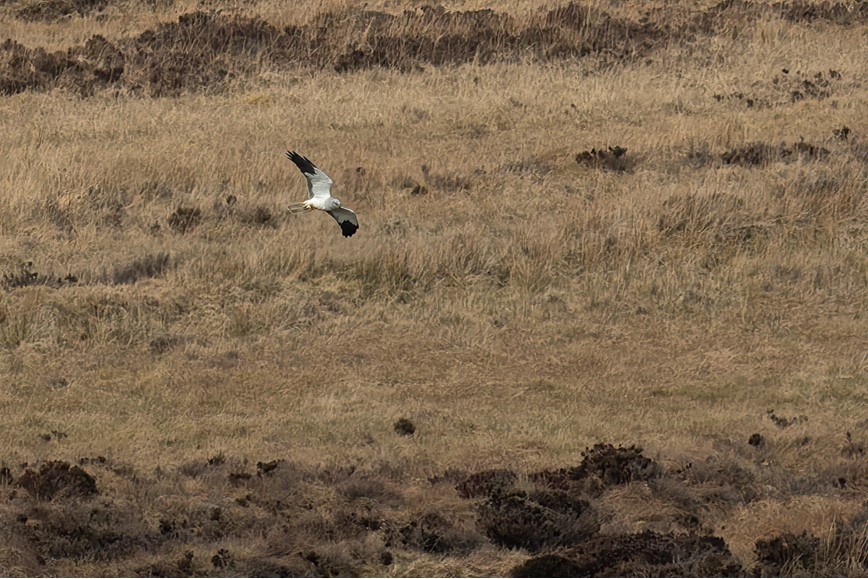
About 18% of NI & 17% of ROI is covered in peatlands, including raised bogs dotted through the lowlands, blanket bogs cloaking the uplands & pockets of fens– the latter fed by ground water instead of rainwater. UK & ROI hold 20% of the global blanket bog resource alone! 14/18 





Peat is made of partially decomposed vegetation (mainly Sphagnum moss in ROI/UK) & formed over centuries in anaerobic, waterlogged conditions - so Ireland is perfect! However, most are now damaged through drainage, overgrazing, fire, afforestation & invasives like rhody 15/18 







Some of the bogs we work on are 12m deep - that’s 12,000 yrs of carbon locked away. When peatlands are damaged they release the carbon stored beneath their surface. In Ireland & UK, peatlands are net GHGs emitters. Restoring peatlands therefore helps mitigate climate change 16/18 

That's not to mention all the other benefits healthy peatlands deliver, from flood mitigation & provision of drinking water, to providing recreation opportunities. We hope this week will give you a glimpse into the work that goes into restoring these precious habitats! 17/18 

For #worldmentalhealthday2022 we'll finish by sharing one of the biggest benefits of spending time in these landscapes - the calming effect of nature. Enjoy this video of sand martins flitting about Cuilcagh & we'll be back tomorrow to talk about drain blocking! 18/18
• • •
Missing some Tweet in this thread? You can try to
force a refresh
















